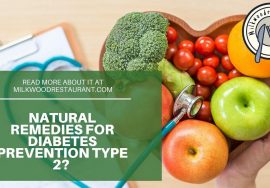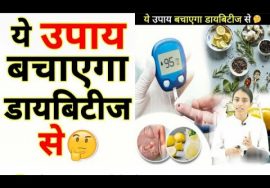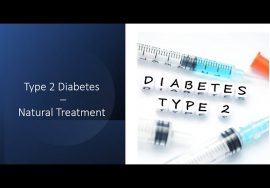Diabetes 15, Diabetic Ketoacidosis (DKA)
You can support the work of campbellteaching, at no cost whatsoever to yourself, if you use the link below as your bookmark to access Amazon. Thank you.
If in the US use this link
If in the UK use this link
If you would like to get hold of my books, one on Physiology and another on Pathophysiology, check out my web site campbellteaching.co.uk Funds from selling books helps to finance distribution of resources to students in poorer countries.
In addition to occurring in previously undiagnosed patients, ketosis may occur if insulin therapy is interrupted. This is another good reason why insulin therapy should never be stopped in type 1 DM. If no insulin is available, most tissues will switch to fat metabolism as they are unable to metabolise carbohydrates. It is this fat metabolism by the mitochondria, mostly in the liver, which generates the ketone bodies. Increased levels of acetone are formed in ketosis and accumulate in the blood. Acetone is a volatile substance and some of it is blown off in the expired air from the lungs. This causes the breath to smell of acetone; a smell usually described as being like 'pear drops'. Like most smells, once you have experienced it the first time you will immediately recognise it again.












Thank you , simplified and put together all the bits I needed. Thank you again and you are for a good cause sending funds to less advantaged people. Thanks again.
Dear Dr Campbell. Every evening, after all my chores are done, I watch your lectures. Your explanations are always the best, they supplement my nursing textbook reading so well. Thank you very much!
This is the simplest way of explaining the concepts of DKA.I loved it Dr John.Thanks a lot
Thank you. I have an important exam in a few days and your explaining makes me feel alot more calmer.
absolutely loved the way you explained this, thank you so much!
Thank you very much,Dr. Campbell. You are very helpful. Your concept maps are amazing.
Dr.John I would love to thank you for this great explanation for this topic, and I subscribed to your channel.
This is really helpful.
Thank you, Dr. Campbell. What a wonderful explanation!
Thank you!! just what i needed so simplified and straight forward.
thank you for explaining so clearly!
Thank you Dr. John. It will help me a lot for my research assignment.
Thank you for your great videos. Also have been following the COVID series☘️☘️☘️??
i need to do alot more work but you made it so simple thank you
thank you. you explain simply in one what I need.God bless you!!!!
Good video, nice flow diagram haha! One thing I don’t get is the K+ situation; I thought K+ was pumped into the blood in order to balance the high H+ being produced, so you were HYPERkalaemic? I’m obviously wrong, but could you maybe explain this part of it a little bit more? Thank you!
Guess we’ll only know for sure with arterial gasometria
I share your thoughts. I guess it is really a relative thing. Some patients might develop hyper or hypokalemia depending on how much K+ is being lost in the urine and how much is going from the cells to the blood to trade that H+
Very organized and helpful explanation!
I can remember my ketoacidosis like a Nightmare. I was so tired and thirsty. But if I drank some Water, I’ve spilled it out almost instandly.
i too remember that nightmare.
Thank you, it helped me a lot.
Hello Dr. Campbell, thanks for the video, it is very helpful. My question is about the treatment for DKA. A text I was reading stated that …”if a patient is hypokalemic, insulin administration will further decrease the potassium level leading to life – threatening hypokalemia.” In this case, what should be done -hold off for the insulin-?
You are correct. Insulin gates both glucose and potassium into the cell cytosol from the tissue fluids and blood. Giving insulin will therefore lower glucose and potassium serum levels. It will therefore be usual to give insulin and potassium together, according to local protocols. This must of course be done very carefully, as rapid changes in potassium can lead to ventricular fibrillation.
Thank you Dr. Campbell! I really enjoyed this video! I wish you explained a little bit more about K inside the cell and outside the cell, and how K can be extracellularly elevated but depleted intracellularly.
Thank you!